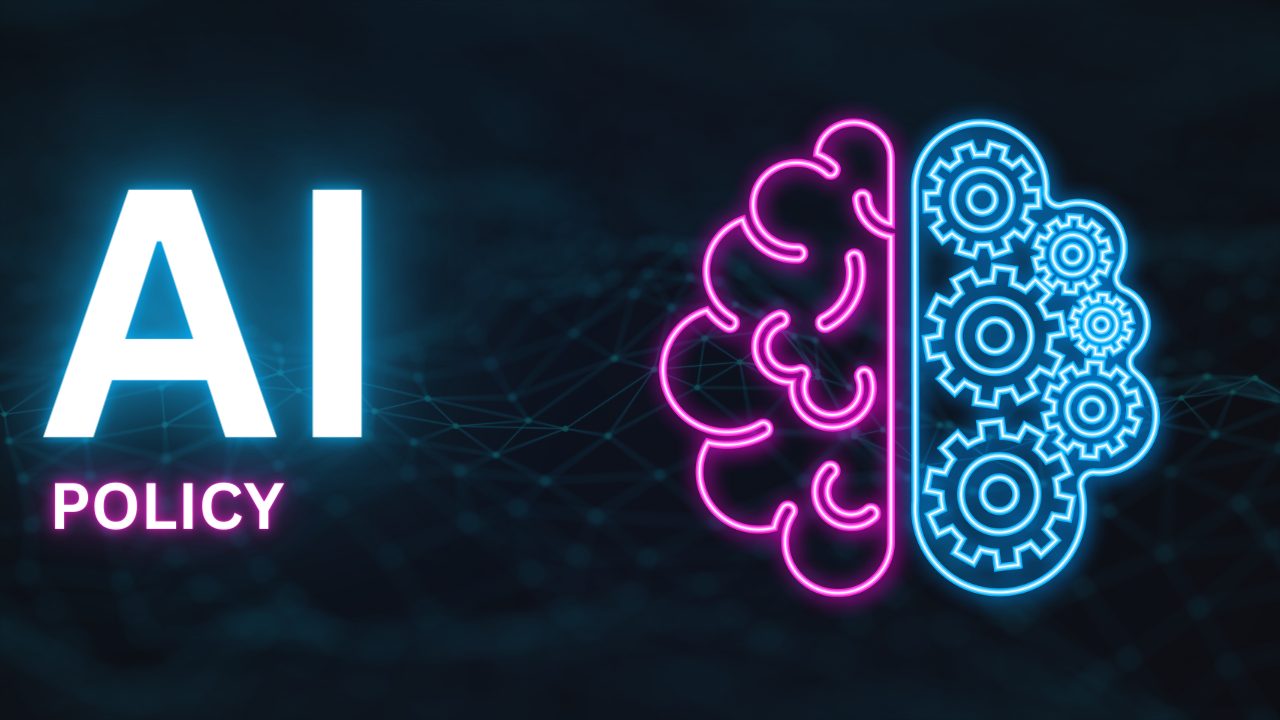Does Your Organization Have a Written AI Policy? The Importance of Guidelines for Employees
As artificial intelligence (AI) integrates more deeply into the workplace, every organization needs clear guidelines. Your employees may already be using AI tools without a proper framework to guide them.
Your company may encounter unforeseen legal, ethical, and operational risks without a written AI policy. A written policy sets the boundaries of AI use and provides a foundation for responsible innovation and technology management within your firm.
The absence of a written AI policy leaves your organization vulnerable to misuse of the technology. It may also hinder your ability to harness its full potential effectively.
In crafting a comprehensive AI policy, you ensure every team member understands their rights and responsibilities concerning AI tools. This establishes a governance structure that promotes transparency, accountability, and trust between your organization and its employees, stakeholders, and customers.
Key Takeaways
- A written AI policy mitigates legal and ethical risks.
- Clear guidelines support responsible AI innovation.
- Periodic reviews ensure the AI policy remains effective.
Policy Development
Developing an AI policy ensures that your organization’s use of AI aligns with legal, ethical, and operational standards. This section outlines the crucial steps for crafting a comprehensive policy.
Initial Planning
Before diving into policy creation, you need to define the scope and purpose of your AI policy. Establish clear objectives, such as compliance with regulations, ethical AI use, and alignment with organizational values.
Identify the AI technologies being used or considered and determine the potential risks and benefits associated with each. Then, start with a risk assessment to guide the focus of your policy.
Stakeholder Engagement
Next, engage a diverse group of stakeholders to gather a wide range of perspectives and insights. This group should include:
- Legal and Compliance Officers: To ensure the policy adheres to legal standards.
- IT and AI Technical Experts: For insights on technical feasibility and impact.
- HR Representatives: To consider the implications for employee training and awareness.
- Ethics Advisors: To integrate ethical considerations into the policy.
Open communication with both internal and external stakeholders, such as customers and regulators, is essential for developing a policy that is both effective and transparent.
Drafting The Policy
When drafting your AI policy, consider including the following key elements:
- Purpose and Scope: Outline the goals and boundaries of the AI policy.
- Guiding Principles: Such as fairness, transparency, and accountability.
- Governance Structure: Define roles and responsibilities for policy enforcement.
- Compliance Mechanisms: Explain how compliance will be monitored and reported.
- Review and Update Procedures: Establish a process for regular policy review and updates.
Ensure the policy is clear, concise, and accessible to all employees to promote understanding and compliance.

Policy Content
When crafting your organization’s AI policy, ensure that it encompasses essential principles and practical guidelines that align with your company’s values and legal frameworks. This policy should serve as a cornerstone document that helps your employees navigate the complexities of AI usage.
Code of Ethics
Your AI policy should begin with a Code of Ethics, which sets the ethical framework for all AI-related activities in your organization. Embedding values such as fairness, transparency, and accountability is vital. For example:
- Fairness: Ensure AI applications do not create or reinforce unfair bias.
- Transparency: Maintain clarity about AI systems’ decision-making processes.
- Accountability: Establish clear responsibility for AI-driven actions and decisions.
Usage Guidelines
Under Usage Guidelines, you should provide specific protocols on how AI tools and technologies are to be employed. Key points may include:
- Acceptable Use: Define what constitutes proper vs. prohibited use of AI in the workplace.
- User Competence: Set standards for necessary training or skill levels to use AI tools.
Data Management
In the section on Data Management, outline the obligations for handling data in AI systems. This involves:
- Data Privacy: Respect individuals’ data rights and adherence to privacy laws.
- Data Security: Guidelines on securing data against unauthorized access and breaches.
Compliance and Monitoring
The Compliance and Monitoring subsection should detail how compliance with the AI policy will be ensured and tracked. Elements to be included:
- Regular Audits: Schedule periodic reviews to ensure policy adherence.
- Continuous Improvement: Encourage updates to the policy in line with AI advancements.
Reporting Violations
Lastly, your policy should clearly articulate the process for Reporting Violations. It must facilitate easy reporting and protect those who come forward. For instance:
- Channels to Report: Provide secure and confidential ways for employees to report policy breaches.
- Protection Measures: Implement safeguards against retaliation for reporting misconduct.
Implementation
To ensure compliance and efficacy, your organization’s written AI policy rollout should involve a thorough training program and seamless integration into your existing corporate framework.
Training and Education
Your employees must understand the AI policy’s stipulations and their practical applications. Consider the following action points:
- Develop a comprehensive training module that covers policy details, ethical use cases, and potential risks associated with AI tool misuse.
- Hold regular training sessions to update the team on evolving standards and new AI features or risks.
Policy Integration
The AI policy should be interwoven into your organization’s policies and procedures to avoid conflicts and ensure uniform compliance. Steps to achieve this include:
- Incorporate AI policy guidelines into employee handbooks and standard operating procedures.
- Audit existing workflows to identify and adjust processes that intersect with AI tool use, ensuring they align with the new policy protocols.
Oversight and Enforcement
Effective oversight and enforcement are critical to ensure your organization’s AI policy adherence. An oversight committee establishes governance, while enforcement mechanisms ensure compliance.
Oversight Committee
Your AI policy should be governed by an Oversight Committee, a dedicated group responsible for the policy’s lifecycle. The committee’s role includes:
- Monitoring: Regularly reviewing AI use within the organization to align with the policy.
- Updates: Incorporating feedback and adapting the policy in response to new developments and ethical considerations in AI.
Enforcement Mechanisms
Enforcement Mechanisms are the tools and procedures you use to uphold the AI policy. They must be clear, actionable, and consistently applied. Key mechanisms include:
- Audits: Routine checks to confirm compliance with the AI policy.
- Penalties: A structured penalty system for policy violations, ranging from warnings to more severe consequences for repeated infractions.
- Reporting: Established channels for employees to report concerns or breaches of the AI policy.
Periodic Review
To ensure your AI policy remains effective and relevant, it’s vital to incorporate a structure for periodic review, encompassing internal feedback and regular updates.
Feedback Mechanisms
- Establish a Clear Process: Designate channels through which employees can submit feedback regarding the AI policy, such as a dedicated email address, feedback forms, or regular surveys.
- Analyze and Act: Regularly review feedback to identify trends or concerns that may suggest a need for policy adjustments.
Policy Updates
- Schedule Reviews: Set a firm timetable for revisiting your AI policy. Typically, this should be done annually or biannually. This will help you assess its adequacy in evolving AI technologies and uses.
- Transparency in Revisions: Communicate any policy changes clearly to all employees. Make sure they understand new responsibilities or procedures.

 55 Park Road,
55 Park Road, 




